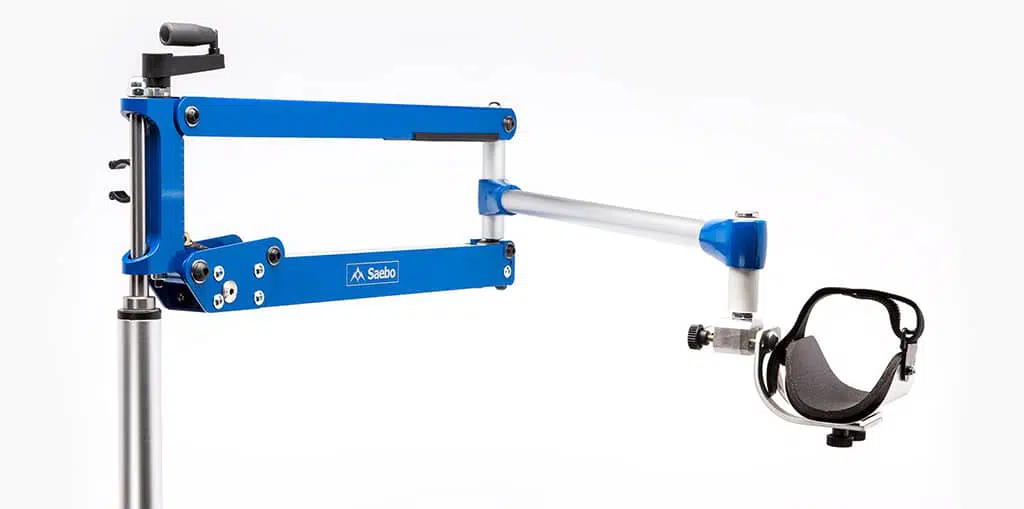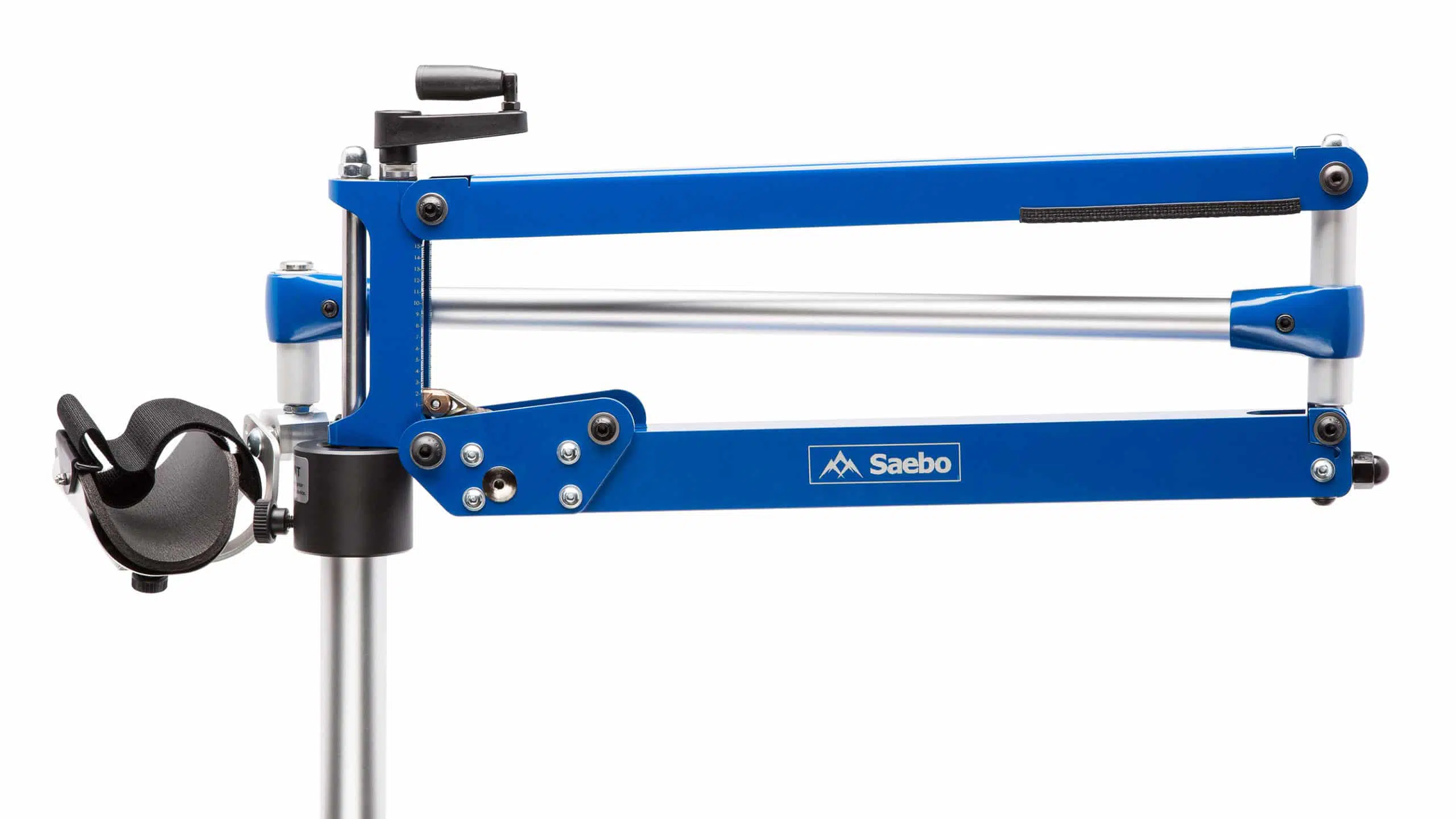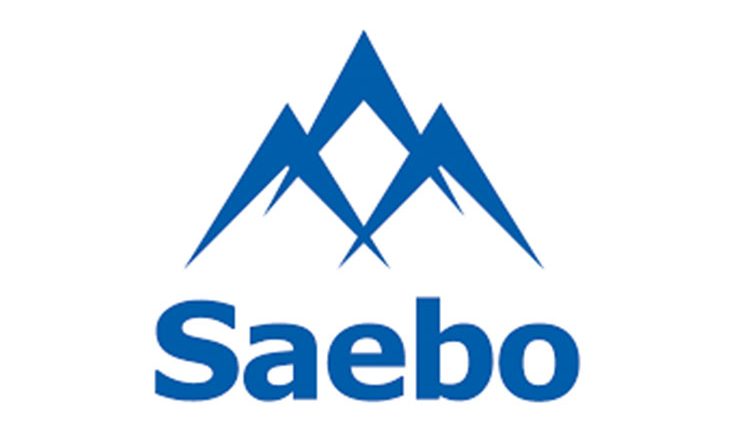The Importance of Dynamic Arm Support in Stroke Rehabilitation
Following a neurological or orthopedic injury, it is common for patients to experience impaired arm and hand function resulting in decreased strength, coordination, and range of motion. Patients are often unable to support their own arms or move their arms in order to perform exercises necessary for proper recovery.
If the arm has limited use, this may lead to impaired communication to the brain, further limiting function and movement following a neurological injury, such as a stroke.
Unfortunately, most clients do not receive enough range-of-motion exercises, either during therapy or at home, that are necessary to retrain the brain and gain the functional range of motion needed to maximize recovery. The lack of movement may also lead to increased pain and joint problems, which further decreases the potential for proper arm recovery. For this reason, the SaeboMAS is the perfect solution to add to the stroke recovery toolbox.
How does the SaeboMAS assist with stroke recovery?

The SaeboMAS is a zero-gravity, dynamic mobile arm support system. In other words, the SaeboMAS is designed to support the arm so it can perform exercises to strengthen the weakened shoulder and elbow either during functional tasks or exercise drills. This allows the patient the opportunity to perform highly repetitive exercises and functional tasks that would otherwise be impossible. Repetitive exercises are very important and necessary to regain upper-extremity strength and range of motion following the injury.
Since the SaeboMAS supports the arm during functional tasks and exercises, it reduces the amount of hand-over-hand assistance the therapist or caregiver must provide. This allows the patient to take on a more active role and also allows the therapist or caregiver the opportunity to work on other important recovery tasks.
What are the other treatment options?
Other arm supports used for strengthening and facilitating the shoulder and elbow are in most cases large, bulky, and time-consuming. Some of these options include deltoid aids, arm pulleys, and other traditional mobile arm supports. The shoulder and elbow can also be treated traditionally through hand-over-hand assistance from others and sliding your arm/hand over a table using a towel.
Why is the SaeboMAS better than equivalent products?

Key advantages of the SaeboMAS has over equivalent products are that it is highly adjustable and easy to use requiring less than one minute to set up. The adjustable height allows exercises to be performed in many directions, planes, and positions. The fully adjustable tension scale allows the patient and/or therapist to track and measure goals. This is helpful as the patient’s recovery may vary at times. The forearm support is also comfortable and bendable in order to custom fit clients of different sizes, and it has a removable liner for proper infection control.
The SaeboMAS offers two models to fit your specific needs. The SaeboMAS Clinic is larger with a mobile base. It is portable and can be used while the patient is sitting, standing, or lying down. This unit may be more beneficial in a clinical setting to allow for easy transport throughout the clinic.
The SaeboMAS Mini is mounted on the table and may be more beneficial for patients who have less space to perform their exercises and activities.
What conditions is the SaeboMAS best for, specifically?
- Patients diagnosed with the conditions below (and more) may benefit from use of the SaeboMAS:
- Stroke or brain tumor
- Traumatic brain injury
- Spinal cord injury
- Multiple sclerosis
- Guillain-Barré
- ALS
- Brachial plexus injuries
- Shoulder injuries
- Parkinson’s Disease
- Elbow injuries
- Post-operative shoulder
Why did Saebo design this product?
In addition to creating a better device, we wanted to allow for maximum repetitions during task training. If we could have fewer rest breaks and more repetitions, this could lead to increased neuroplasticity and function.
The main purpose of the shoulder is to place the hand in position to interact with the environment. Without the shoulder, the hand is unable to be sufficiently engaged, leading to limited or complete lack of use of the affected side. With the MAS, severely impaired hemiparetic clients now have the ability to engage their entire upper limb, which would otherwise be impossible.
Refer to the below video example:
What benefits does the SaeboMAS give to stroke survivors recovering at home?
As demonstrated in the video above, it would be impossible or extremely difficult to perform functional tasks if the shoulder were too weak to lift the arm. By taking weight off the arm, the client can engage.
What symptoms should I look for to know I need the SaeboMAS? When should I get it?
The SaeboMAS is designed for individuals who have had injuries that result in limited shoulder movement, shoulder weakness and/or arm pain, arm weakness, and fatigue.
Patients do not need a doctor or therapist to get the SaeboMAS.
All content provided on this blog is for informational purposes only and is not intended to be a substitute for professional medical advice, diagnosis, or treatment. Always seek the advice of your physician or another qualified health provider with any questions you may have regarding a medical condition. If you think you may have a medical emergency, call your doctor or 911 immediately. Reliance on any information provided by the Saebo website is solely at your own risk.

